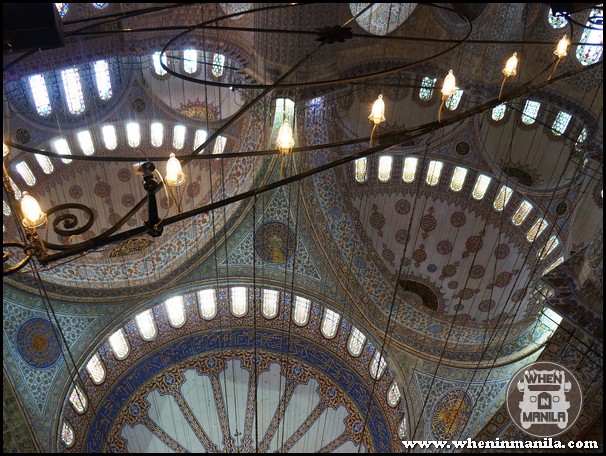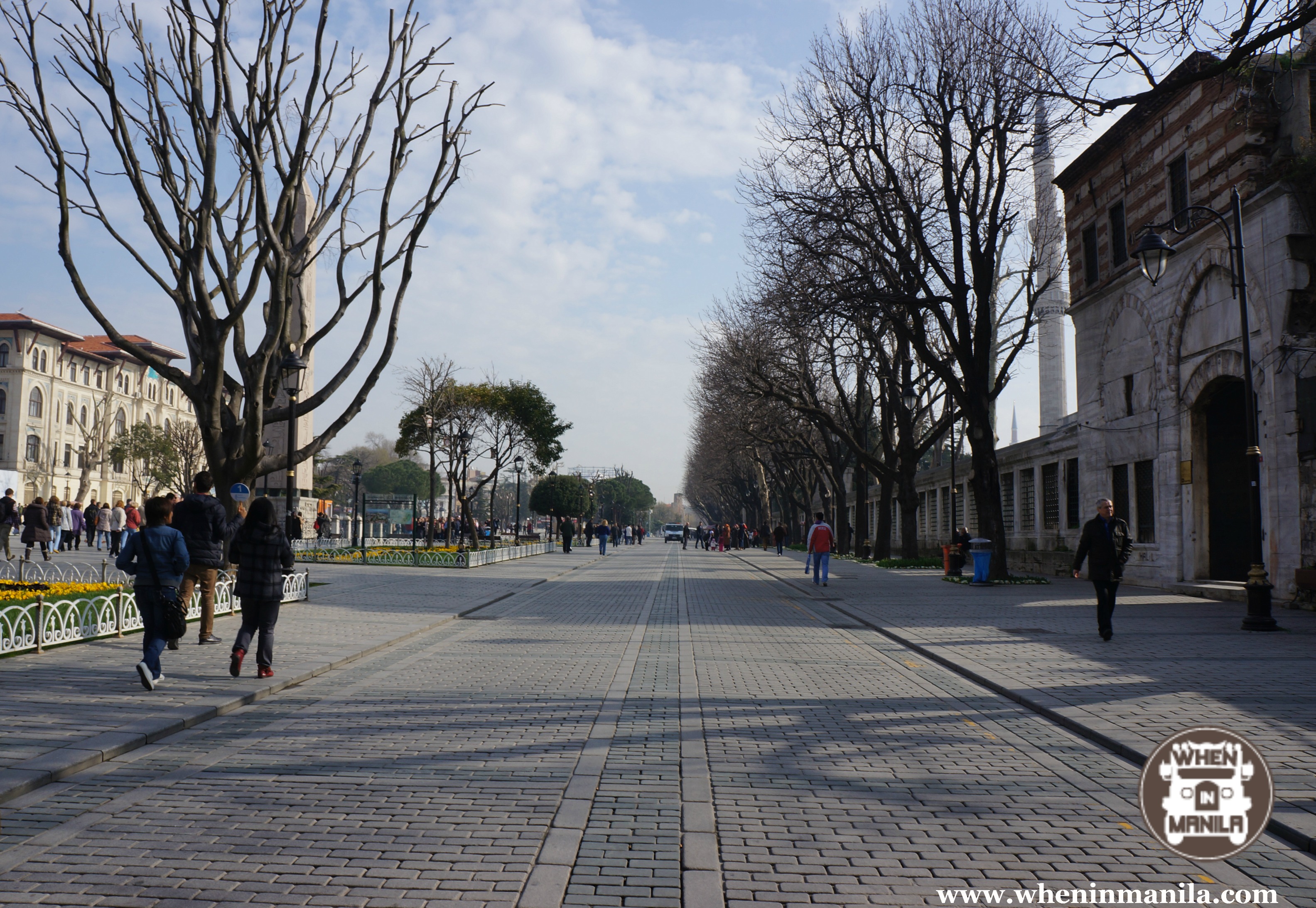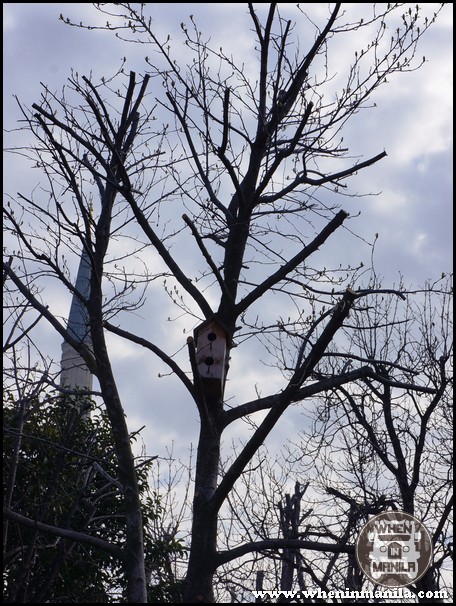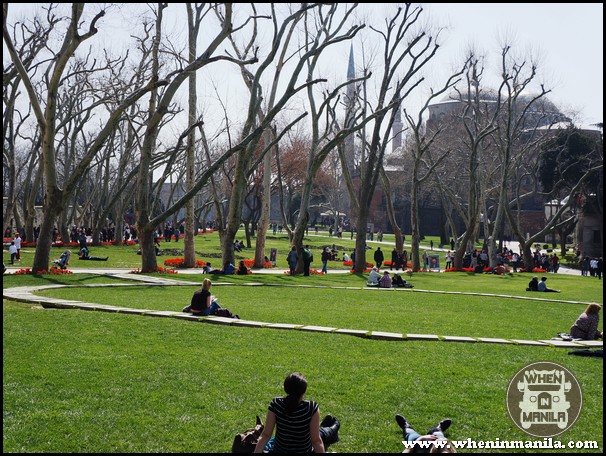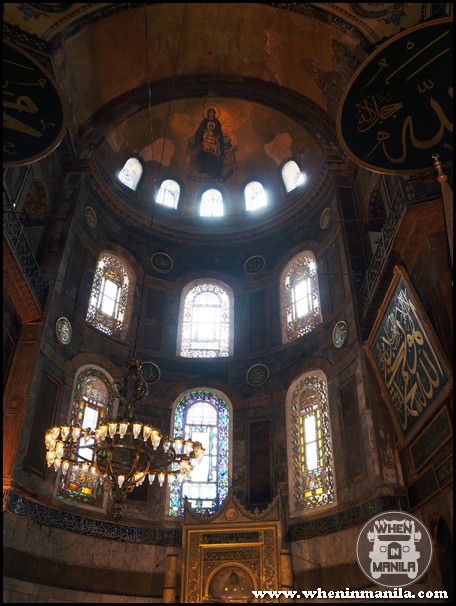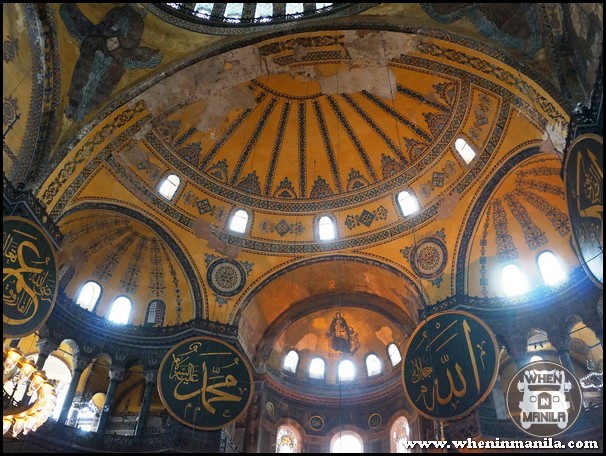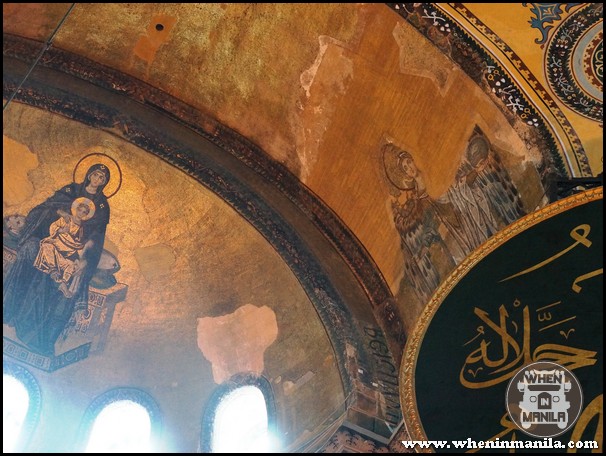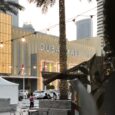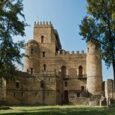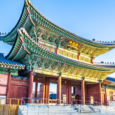While most of our friends in the Philippines stack summer clothes into their favorite travel luggage, we packed coats, woolies, and gloves, anticipating the cold weather in our next destination—Istanbul, Turkey.
Still dazed by the 6° welcome upon our arrival, we were already in the middle of the dramatically-lit bridge when we realized we were leaving the Asian side behind to get to Istanbul in the European side. Turkey is a Eurasian country divided by the Bosphorus strait and because of its location, Turkey has “significant geostrategic importance” for trade, commerce, and tourism. Meanwhile, Istanbul is the largest city of the country and the core of history that dates back to 660 BC during the Byzantine period.
Despite the growing metropolis that is Istanbul, a traveler won’t miss the desire to use his imagination immensely because every sight in the city tells a history.
In the middle of the busy district of Sultanahmet lies iconic mosques and museums that exist from the Roman Empire and have witnessed war and victory thousands of years ago.
The Blue Mosque, also known as Sultan Ahmed Mosque, was built between 1609 and 1616. The doors close five times a day for tourists to serve its purpose for Muslims. It was called the Blue Mosque because of the more than 20,000 intricate handmade ceramic blue tiles décor inside the mosque.
Adjacent to the Blue Mosque is the Hippodrome—an ancient square that was once an arena for gladiatorial combat during the Roman Empire and where social activities such as circus and chariot racing during the Byzantine Empire happened.
Nearby, the gate to Topkapi Palace can be found. It became the royal residence of Sultan Mehmet II, the youngest Ottaman sultan who conquered Constantinople (former name of Istanbul). At the far-end location of the palace, one can admire the bewildering view of the Golden Horn, Bosphorous, and Sea of Marmara.
For us, the most historic architecture in Sultanahmet is the majestic Hagia Sophia. It was in year 360 when the first church ordered by Constantine the Great was built in the exact location. The Hagia Sophia faced several reconstructions due to public riots and natural calamities but the location remains the same. During the reign of Sultan Mehmet II, he ordered for the Hagia Sophia to be converted into a mosque in 1453. Then, in 1934, Mustafa Kemal Ataturk, the founder of Turkish Republic, ordered to transform it into a museum.


